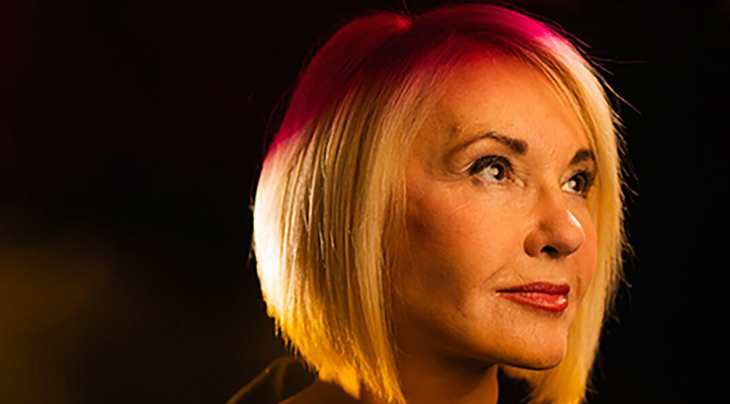This article previously appeared in Experience Magazine. It was written by Schuyler Velasco.
Nada Sanders, Distinguished Professor of Supply Chain Management at the D'Amore-McKim School of Business is an internationally recognized expert on the global supply chain. We spoke to her about the unprecedented logistical challenges for businesses in the COVID-19 era and the profound ways the pandemic will change how goods and services get where they need to go. Here are five takeaways.
COVID-19 made the supply chain a household name.
“Prior to COVID, it was always staggering to me how the average person didn't understand what the supply chain was. It is in absolutely everything you do. And COVID has affected everything. There isn't a product that isn't different, from food to Netflix. So the fact that there is now this broad, encompassing understanding of what supply chain management is — from toilet paper to the vaccine — that's a good thing.”
A resilient supply chain is simple — and flexible.
“As customers, we're used to having this plethora: ‘I want to order this, I want to order that.' Right now, I recommend companies shrink the [variety of products they keep in stock]. Start building excess inventory. Focus on high-volume, high-margin items that meet the needs of [your] most frequent customers. And if you have to pivot, pivot within the realm of what you're doing. If you make cars, you're not going to make masks, but if you're making clothing, it's easy [to make masks]. Starbucks, for example, had mainly a café setup when it started its drive-thru option a few years ago. With COVID, [drive-thru] has become its primary operation.”
Smart companies anticipate what their customers will need.
“Global supply chains have become really complex, which makes it difficult to respond to changes in demand quickly. That makes good forecasting important. Ford Motor Company has a ‘chief futurist' who looks at trends and patterns and how customers express their needs in ways that they might not be aware of, then marries that with the capabilities of the company. Even before COVID, they were studying behavior patterns of customers, seeing that they were tending to use the car more as an office. [The team] could create a profile, send it over to engineering, and figure out product modifications. Based on these needs identified by the futurist, Ford introduced a fold-out desk in the front seat of the 2021 F-150 model.”
To help small businesses weather supply chain problems, give them “big business” tools.
“Amazon has [logistics] down pat. They've got the sensors, the technology, the communication with customers. If you order a package of Gatorade, you get a tracking number, and algorithms will tell you exactly where your order is and when it is being moved. But that requires money. We cannot sit back and just be dependent on a monopoly like Amazon. We need to help the small local businesses with federal funding and maybe even training.”
COVID-19 highlighted a new set of challenges for getting goods to people.
“We've never seen a situation like this in history — simultaneous demand disruptions and supply disruptions. The only historical analogy that we've seen was the 1918 pandemic, but it was different, because we weren't global. People weren't flying on planes; we weren't getting goods from all over the world. [As companies] look to rebuild their supply chains, the future is not going to look like the past.”
